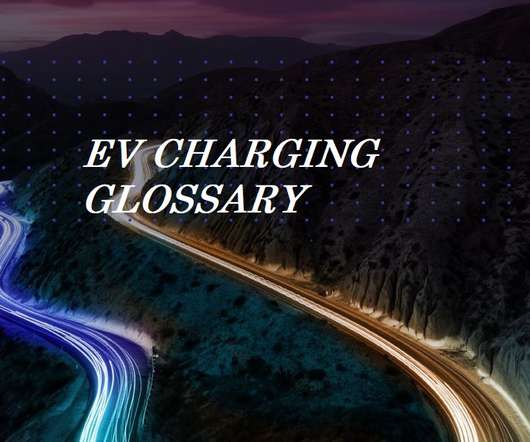ORNL study finds best current use of natural gas for cars is efficient production of electricity for EVs
Green Car Congress
SEPTEMBER 24, 2014
Specifically, to minimize GHG emissions and total energy use, is it better to use natural gas in a stationary power application to generate electricity to charge EVs, to compress natural gas for onboard combustion in vehicles, or to reform natural gas into a denser transportation fuel? —Curran et al. mpgge (equivalent to 7.6



















Let's personalize your content